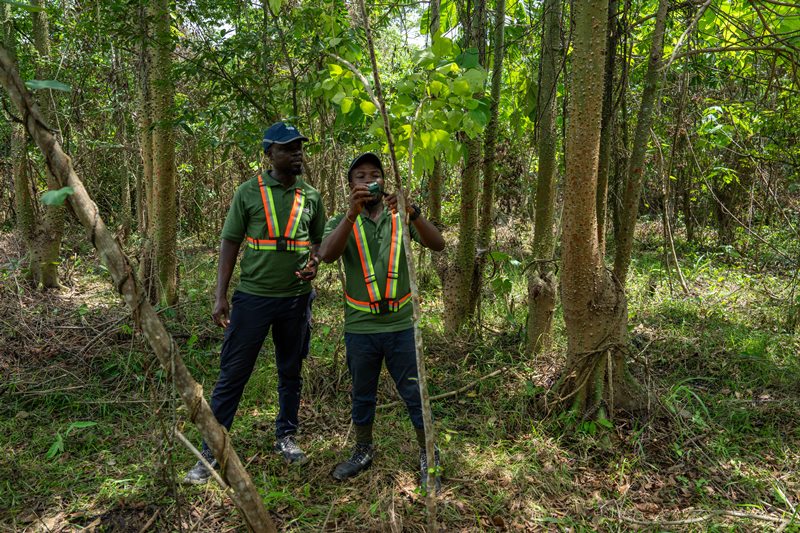The Vital Role of Africa’s Forests in Combating Climate Change
As the world grapples with a growing climate crisis, Africa’s forests are emerging as key players in the fight against environmental degradation. Restoring tropical forests has been identified as one of the most effective and scalable solutions for capturing large amounts of carbon, while also delivering a host of benefits such as restored ecosystem services and economic opportunities. Africa, with its vast expanse of degraded tropical forest land, stands at the forefront of this critical mission.
Technology-Enabled Reforestation Operations
Advanced technologies are playing a crucial role in driving reforestation efforts in Africa, where forests are under increasing threats from deforestation. These technologies are essential for ensuring that reforestation projects are not only effective but also transparent and scalable. By providing accurate data on carbon capture and biodiversity, technology can enhance project efficiency and facilitate long-term funding through carbon markets. As the demand for impactful reforestation initiatives grows, technology will be instrumental in bringing about significant change.
Leading the Way in Forestry Restoration
Among the many companies and organizations dedicated to forest restoration globally, Rainforest Builder stands out as a leader in the field. With a focus on addressing the challenges of reforestation, Rainforest Builder offers a scalable blueprint for climate resilience and sustainable development.
The Role of Carbon Markets
Restoring tropical forests requires substantial investments to support both capital expenditures and ongoing operations. Carbon markets provide a crucial funding mechanism for companies engaged in reforestation work. To access funding from carbon markets, reforestation projects must adhere to approved standards such as Verra. These projects undergo rigorous approval processes to ensure they are effectively capturing carbon and delivering the ecological and socioeconomic impacts they promise.
Harnessing Technology for Reforestation
Technology plays a pivotal role in measuring and monitoring reforestation projects and their impacts. From analyzing satellite imagery to understand degradation patterns to employing remote sensing solutions and drones for ground-truth data collection, technology is revolutionizing the way reforestation efforts are carried out. Real-time data collection and monitoring are becoming increasingly important in ensuring that carbon capture is accurately quantified and maintained over time.
Rainforest Builder leverages cutting-edge science, technology, and reforestation practices to maximize carbon drawdown and biodiversity restoration while fostering community partnerships. By integrating model outputs, remote sensing data, and on-ground surveys, Rainforest Builder is able to continuously refine its restoration approach.
Transparency and Accountability
Transparency and accountability are key factors in attracting long-term investment in nature restoration initiatives. Companies that prioritize transparency are crucial in a market often plagued by greenwashing. African governments, particularly in countries like Ghana, are playing a pivotal role in developing robust regulatory frameworks for voluntary carbon markets.
Ghana, recognized for its mature regulatory framework, has taken significant steps towards operationalizing carbon markets and fostering a conducive environment for projects like Rainforest Builder to thrive. By implementing comprehensive frameworks and initiatives, Ghana is solidifying its position as a regional leader in nature restoration.
Conclusion
With Africa’s forests facing the dual threats of deforestation and biodiversity loss, sustainable interventions are more critical than ever. By harnessing the power of technology, fostering transparency, and leveraging carbon markets, organizations like Rainforest Builder are leading the charge in restoring and preserving our precious forest ecosystems for generations to come.








